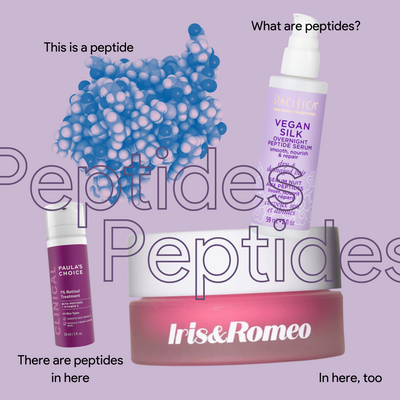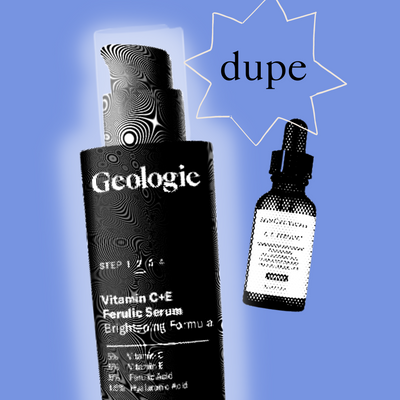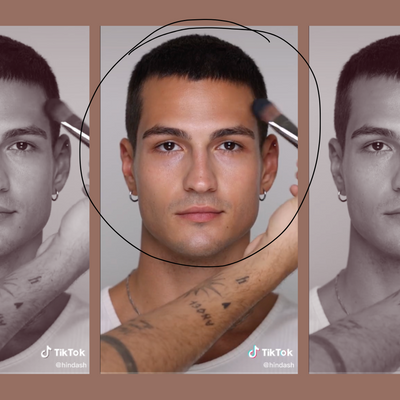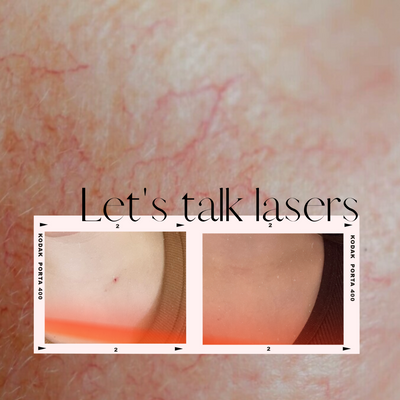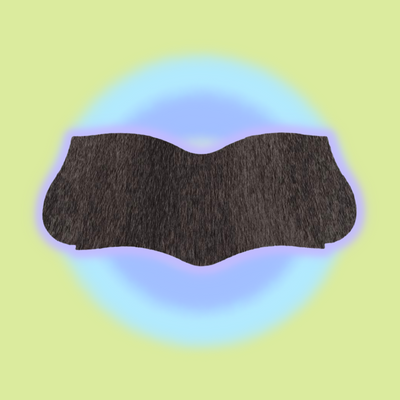Can the skincare gods rain on me – and my face?
That’s what I’ve been wondering in the past few weeks as “Rain On Me” has been taking over my Spotify. But skincare be damned, I learned the real secret behind Gaga’s beautiful, vibrant complexion doesn’t have to do with products at all – rather, it’s facial massage.
If you haven’t heard of lymphatic massage, you’ve probably at least seen it at work. On TikTok, teens to millennials are obsessed with rose-quartz rollers and jade stones, sharing clips of their at-home use. Didn’t know they were, in turn, practicing lymphatic massaging? Said skincare aficionados are claiming such practices have “changed my skin completely!” or “saved me from acne!” Is this true? If Lady Gaga’s face proves anything, yes, it’s ALL true. Her facialist Joomee Song can confirm. After two decades in the beauty industry and a slew of A-list clients – including Gaga – Joomee continues to use the art of facial massage to change lives and snatch faces. VGL spoke with Joomee to learn everything we need to know about this skincare phenomenon.
SEE ALSO: It’s time for your first facial. Here’s what to expect.
Born in Japan as a fourth-generation Korean, Joomee grew up surrounded by countless beauty products and matriarchal figures who were passionately dedicated to skincare. After moving to the U.S. by herself at 20 years old, Joomee worked in many avenues of the beauty industry, including as a makeup artist, an esthetician, and at high-end medical spas. However, she continued to find herself returning to skin health.
“You can cover discoloration with makeup, but you can’t hide the texture of your skin,” she tells Very Good Light. “Skin doesn’t change from the outside just because you use high-end creams or expensive gadgets. Skin is so deeply connected to our inner being.”
“After people were spending so much money and so much time when they came to see me, I really wanted to change their skin. I started to dig deeper about facial anatomy and facial massage, what I could do, and how I could change and make a difference with hand movements on peoples’ faces.”
With two decades in the beauty industry and a slew of A-list clients under her belt, Joomee continues to use the art of facial massage to change lives and snatch faces. VGL spoke with the aesthetician to learn everything we need to know about this skincare phenomenon.
The Importance of Massage
Joomee is a firm believer that everyone needs to be partaking in facial massage ASAP. Not only is it important for skincare, but for overall physical and mental health as well.
“The reason why facial massage is really important is for you to understand the strength that you carry on your face, and to understand why certain parts are sore or painful,” says Joomee.
Facial tension stems from everyday stress. Over time, this stress-induced tension can lead to puffiness, acne, and pain. “When facial tension occurs, detox facial systems are not fully functioning,” explains Joomee. “A lot of negative things happen by carrying a lot of tension on your face.”
Lymphatic Massage vs. Facial Massage
Lymphatic massage and facial massage are actually two different definitions, a fact that often gets lost in translation. In order to understand lymphatic massage specifically, we have to understand what the lymphatic system is first.
“The lymphatic system delivers two to three liters of fluid a day that basically leaks through the capillaries and moves it back throughout the body,” Joomee explains.
“The system drains into lymph nodes, and in the lymph nodes, pathogens and antibodies are created. When you are sick, that’s why your lymph nodes get swollen, because your body is fighting those pathogens. Lymphatic massage is a massage technique that specifically encourages the drainage of these fluids.”
Joomee’s personal method of facial massage, called Kaika, is focused on individual faces and what they need. “I don’t particularly follow one method, because our faces need different things, different movements, and different pressures, and we all carry tension differently.”
Her technique aims to use facial massage to stimulate lymphatic drainage. While massaging, she focuses on releasing the face by using her hands to break up tension within larger muscles, such as the temporalis area, the optical muscles, and the forehead.
“Your lymphatic drainage system lies in between the tissue and muscle,” she says. “When reducing the tension that your muscles carry, when those muscles have been relieved, they become more flexible and healthy, and your lymphatic drainage system will be able to pump more.”
The Tools
When confronted with which tools to use when massaging at-home, the choices are endless. Rollers? Gua sha? Crystal stones? When it comes to facial massage, your hands are actually the most powerful tool you have. She encourages tossing the tools in order to reap the most benefits. “When you use a tool, it disconnects you from your psyche, because you’re not feeling what you’re able to feel with your fingers,” she says.
When you rely solely on your hands to release those tensions, your psyche will habitually train your face to release tension all on its own. Eventually, when you touch your face, your psyche will remember the motions and know that it is time to drain and release. This will lead to results in appearance as a byproduct: “By training your jawline and cheekbones to drain, they are much more defined and textures become firmer, because everything underneath is more active and is working really hard for you.”
Facial massage, basically, is like a meditation for the face. “It’s not just changing texture—you can think more clearly, and you can see more clearly,” says Joomee. “In this day and age, we’re always sitting in front of a computer, absorbing a lot of information. During massage, you have to create time to basically dump everything out and start fresh. That’s what I do at my studio, and that’s what I encourage people to do at home.”
The Massage
To get started, Joomee’s suggestion is quite simple: feel your face. Touch your face when you apply your products, when you’re looking in the mirror, or when you’re taking a shower. “Feel how much tension you are carrying in your face – especially in the masseter, which is the jaw muscle, and in the temporalis area.”
Once you have a sense of where the tension lies, begin with a small, circular motion on these tight areas in tandem with deep breaths for two to three minutes. “That’s all you need at first. Today, it could be so tight, and tomorrow, it might feel a little bit better. You’ll be able to see why certain changes happen on your face.”


